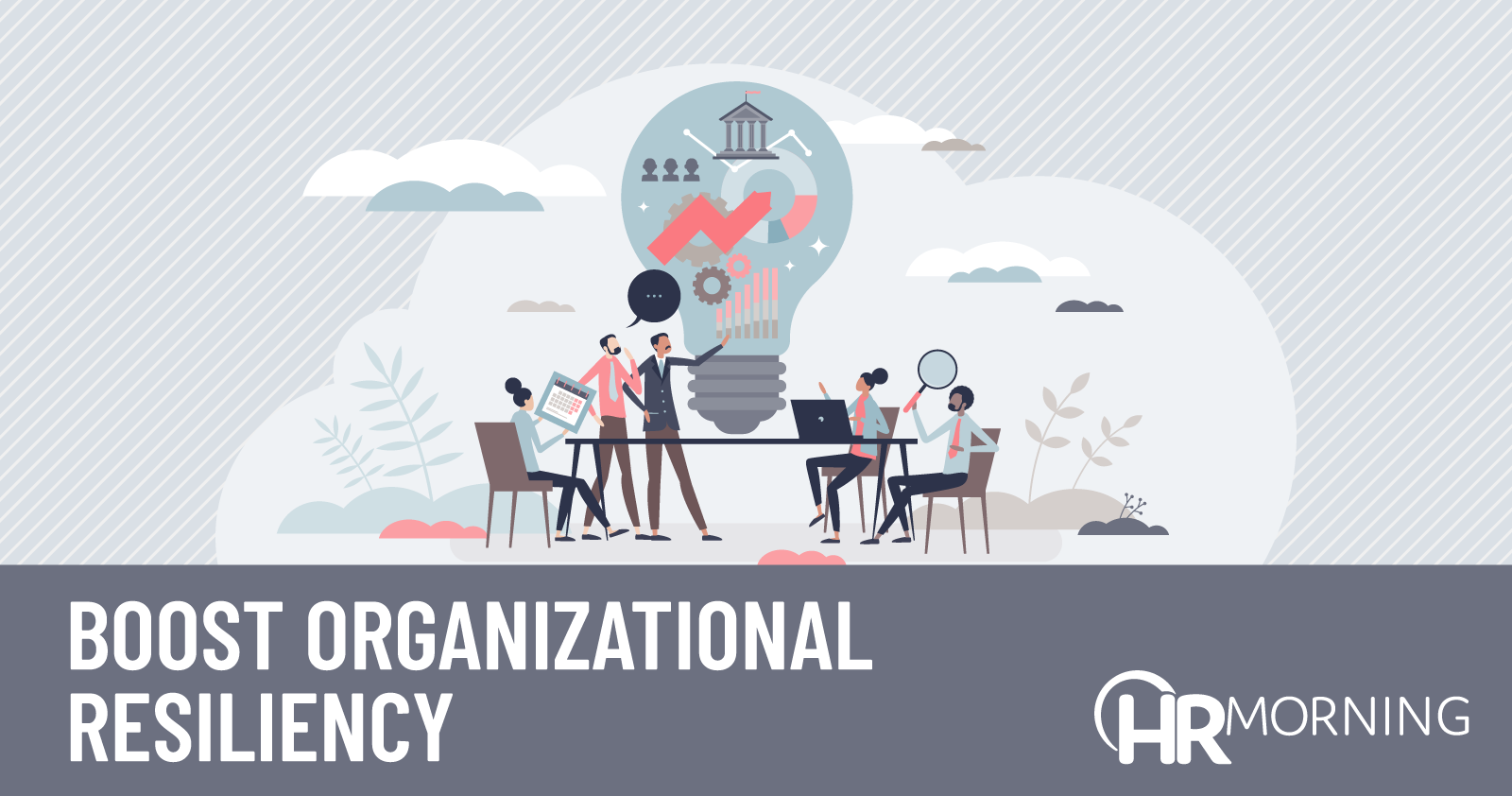What is organizational resilience?
With a volatile market, rising inflation and effects of the COVID pandemic, your company’s ability to adapt to change – known as organizational resilience – is crucial.
Organizational resilience is “the ability of an organization to anticipate, prepare for, respond and adapt to incremental change and sudden disruptions in order to survive and prosper.” It focuses on building resilience through leadership, culture and preparedness so that an organization is ready to handle change on all levels of the business.
An organization that is resilient is able to:
- Create structures and adapt them when needed
- Provide security during sudden or gradual change
- Manage the emotions that come with change, such as burnout, anxiety or stress
- Learn, adapt and grow with change instead of fighting it
Why it’s important
An organization that is resilient can handle any crisis or problem thrown its way. This trait is more important than ever as organizations navigate COVID-19, inflation and the Great Resignation. If your business cannot thrive under pressure and change, it doesn’t have organizational resilience – and that means your organization is more likely to fall under when you come into tough times.
A recent survey from BSI revealed that 88% of respondents felt that making their organization resilient was a priority, but only 29% of executives saw organizational resilience strategies embedded into their business strategy, showing there’s a lot of room for organizations to grow their resiliency and incorporate it into their business model.
How to boost resilience
There are many ways to grow your organization’s resilience. Boosting resiliency is something that you may want to implement before any threat of change so that your company is prepared when you-know-what hits the fan.
Some ways to begin to boost organizational resiliency are:
- Lead with transparency and communication: Open communication and transparency is a key part of organizational resiliency and can help lead your team to work together more effectively and drive behavior.
- Cultivate a positive workplace culture: Culture is a key part of organizational resiliency. Therefore, staying on top of workers’ well-being and creating a safe workplace can help build resiliency through employees and the company as a whole.
- Build strong leadership: Resilient leaders make a resilient workforce, so making sure your organization’s leadership is effective and supports workers is key.
- Encourage innovation: Ideas breed innovation, and innovation can help your organization stay resilient. Encourage open discussions about ideas, strategies and practices to stay innovative.

